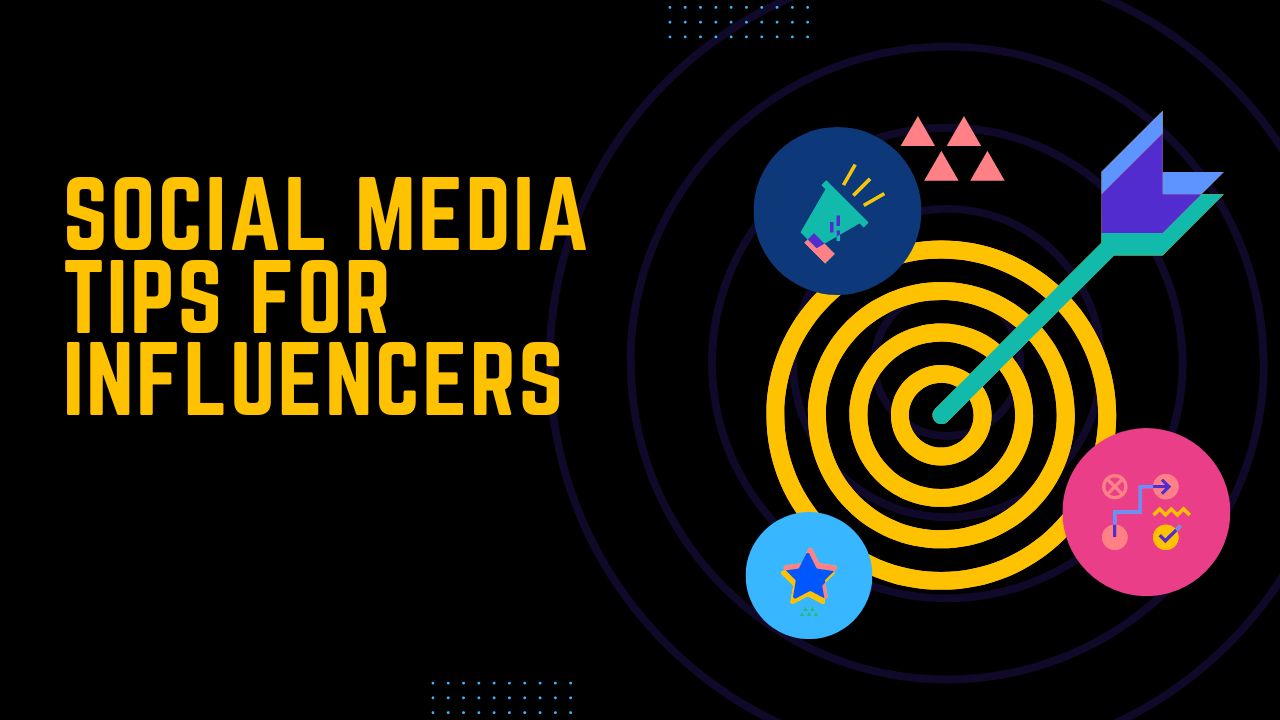Introduction
In 2024, the digital world is a bustling metropolis full of opportunities and, unfortunately, risks. Cybercrime lurks around every virtual corner, waiting for a chance to strike. Whether you’re browsing for fun, working remotely, or managing a business, learning how to stay safe from cybercrime is crucial. With years of experience in cybersecurity, I’ve seen how small steps can make a big difference. Let’s explore practical ways to protect yourself from cyber threats this year.
Understanding the Current Cyber Threat Landscape
The Escalating Threat
Cybercrime is on the rise, and staying safe from cybercrime is more important than ever. It’s not just a nuisance; it’s a serious, growing threat that can impact anyone. In 2024, we’re not just dealing with simple scams; we’re facing sophisticated attacks targeting everything from your social media accounts to your most sensitive data. Imagine a world where your personal information is a gold mine for hackers—that’s the reality we’re living in. It’s not just about stealing money anymore; it’s about gaining access to your life.
Tactics Cybercriminals Use in 2024
Cybercriminals are like digital pickpockets. They use various tactics to slip through your defenses. Ransomware can lock you out of your data until you pay up. Phishing emails trick you into handing over sensitive information. And malware can sneak onto your devices, causing chaos. These tactics are getting more sophisticated and harder to spot. Knowing how they work is your first step to staying safe from cybercrime.
Strengthening Your Cyber Hygiene
Keep Your Software Updated
Think of software updates as the lock on your digital door. Without them, you’re leaving that door wide open for anyone to walk in. Updates often include security patches that fix vulnerabilities. It’s like patching up a hole in your fence to keep intruders out. Make it a habit to update your software regularly—it’s a simple way to stay safe from cybercrime.
Use Strong, Unique Passwords
Passwords are your first line of defense. But a weak password is like using a paper shield—it won’t hold up. Create strong, unique passwords for each account. Avoid using easily guessable information like birthdays or simple sequences. Consider using a password manager if you’re worried about remembering them all. It’s like having a secure and convenient safe for all your keys.
Implementing Two-Factor Authentication (2FA)
Double Up on Security
Two-factor authentication (2FA) adds an extra layer of protection. It’s like having a second lock on your door. Even if a hacker gets your password, they’ll need a second verification form, like a code sent to your phone, to break in. This makes it much harder for cybercriminals to access your accounts. Whenever you can, enable 2FA. It’s a simple step that can help you stay safe from cybercrime.
Recognizing and Avoiding Phishing Attacks
Spotting a Phish
Phishing attacks are like the digital version of a con artist trying to trick you out of your money. These scams usually come in emails or messages that look legitimate but are anything but. They’ll ask you to click on a link or provide personal information. The best way to avoid getting hooked? Be skeptical. Look for red flags like generic greetings, suspicious email addresses, and unexpected attachments. If something feels off, it probably is.
Don’t Take the Bait
Never share sensitive information through email or text, no matter how convincing the message seems. Verify the sender’s authenticity before clicking on any links. Multi-layered security measures like 2FA can add extra protection, even if you slip up. The key is to stay vigilant and trust your instincts.
Securing Your Online Transactions
Use Secure Payment Methods
When shopping online, stick to secure payment methods. Credit cards and trusted payment platforms like PayPal offer better protection than debit cards or bank transfers. Always check for “HTTPS” in the website’s URL, indicating a secure connection. If the site looks sketchy, don’t risk it. Remember, if a deal seems too good to be true, it probably is.
Watch Out for Fake Online Stores
Fake online stores are like digital wolves in sheep’s clothing. They look legitimate but are set up to steal your money. Before making a purchase, do a little detective work. Check for reviews, verify the contact information, and ensure the site has a clear return policy. A few minutes of research can save you from falling into a trap.
Protecting Your Digital Identity
Manage Your Online Presence
Your digital identity is valuable—treat it as such. Be mindful of what you share online. Oversharing personal details on social media can make you an easy target for identity theft. Regularly review your privacy settings and limit the information you share with third-party apps. Think of it as keeping your personal life behind a lock and key, only letting out what’s necessary.
Consider Identity Theft Protection Services
Identity theft protection services act like a digital watchdog. They monitor your personal information and alert you to suspicious activity. While they can’t prevent theft entirely, they can help you respond quickly if something goes wrong. It’s worth considering if you’re serious about keeping your identity safe.
Safeguarding Your Devices
Install and Update Security Software
Your devices are like your digital fortress—protect them. Install antivirus programs, firewalls, and anti-malware tools and keep them updated. Regular scans can help detect and remove threats before they cause damage. Think of it as regular maintenance on your house: keeping everything in top shape to prevent bigger problems down the road.
Enable Device Tracking and Remote Wiping
Tracking and remote wiping capabilities can save your data if your device is lost or stolen. Most modern smartphones and laptops offer these features. They allow you to locate your device or erase its data remotely. It’s like having a remote control to lock your doors even when you’re not home.
Learn More: Cyber Crime Specialists Job: Guardians of the Digital World
The Role of Education and Awareness
Stay Educated About Cybersecurity
Knowledge is power, especially when it comes to cybersecurity. Stay informed about the latest threats and best practices. Regularly update yourself and those around you on the latest scams and how to avoid them. Cybersecurity isn’t just for tech experts—everyone needs to understand it. The more you know, the better equipped you’ll be to stay safe from cybercrime.
Foster a Culture of Cybersecurity Awareness
Creating a culture of cybersecurity awareness is key in homes and workplaces. Encourage open communication about potential threats and make cybersecurity everyone’s responsibility. Implement clear policies and ensure everyone understands their role in keeping data safe. It’s like building a team where everyone knows their position and contributes to winning the game.
Conclusion
In 2024, cybercrime is a real and present danger, but with the right tools and knowledge, you can stay safe from cybercrime. The digital world is full of risks, but it’s also full of opportunities. By following these best practices, you can enjoy the benefits of technology without falling victim to its dangers. Stay vigilant, stay informed, and keep your digital life secure. And remember, in the fight against cybercrime, a little caution goes a long way.









